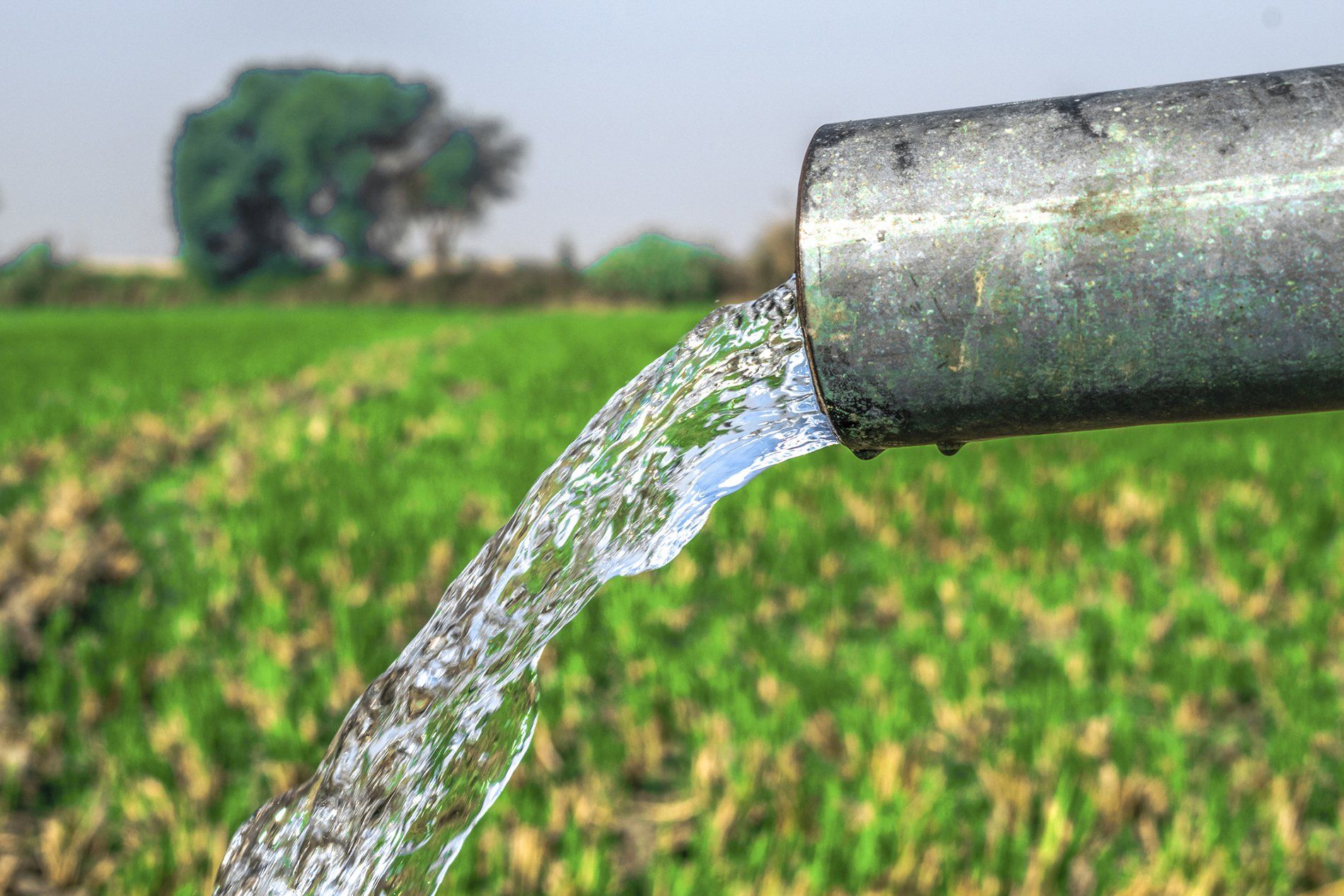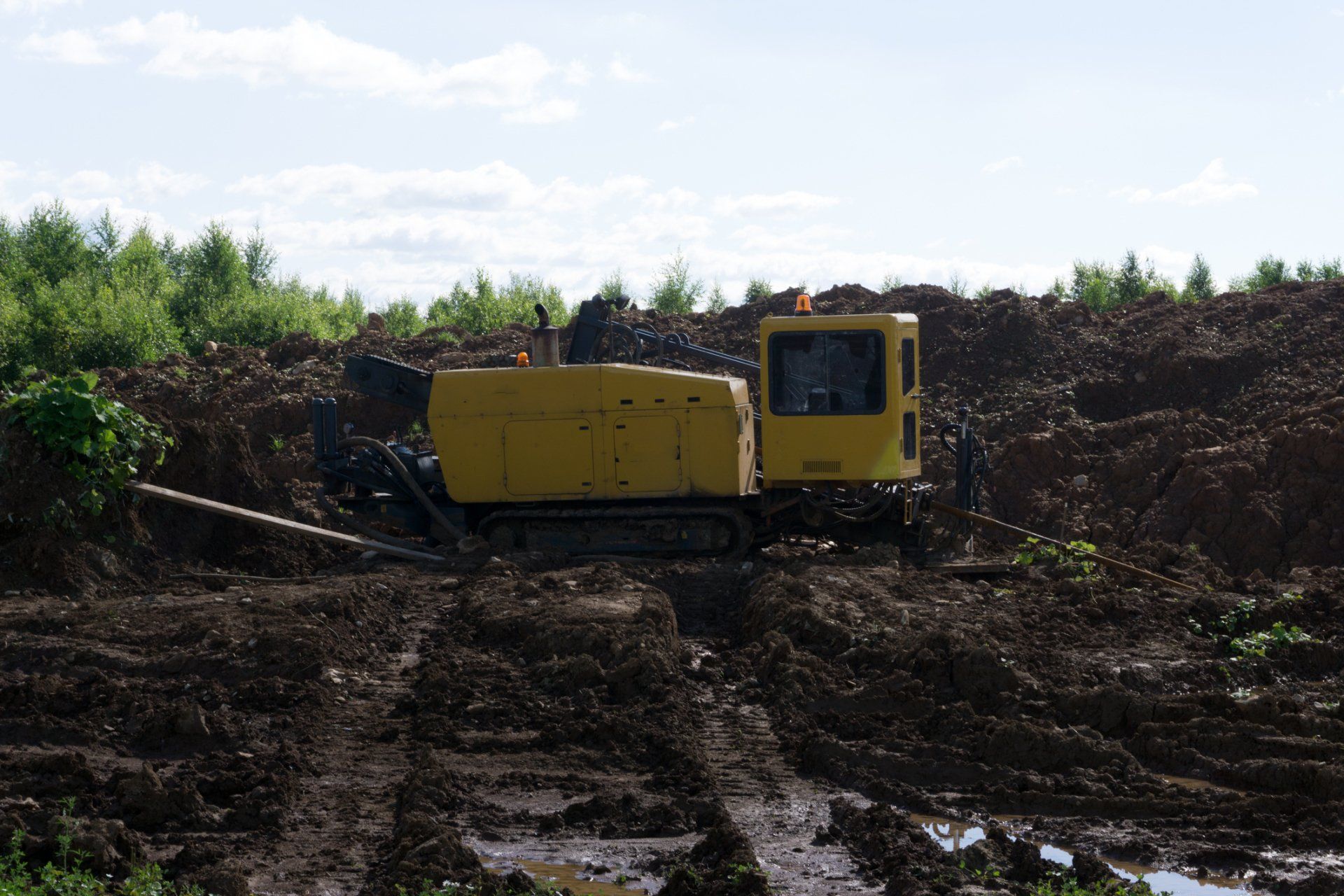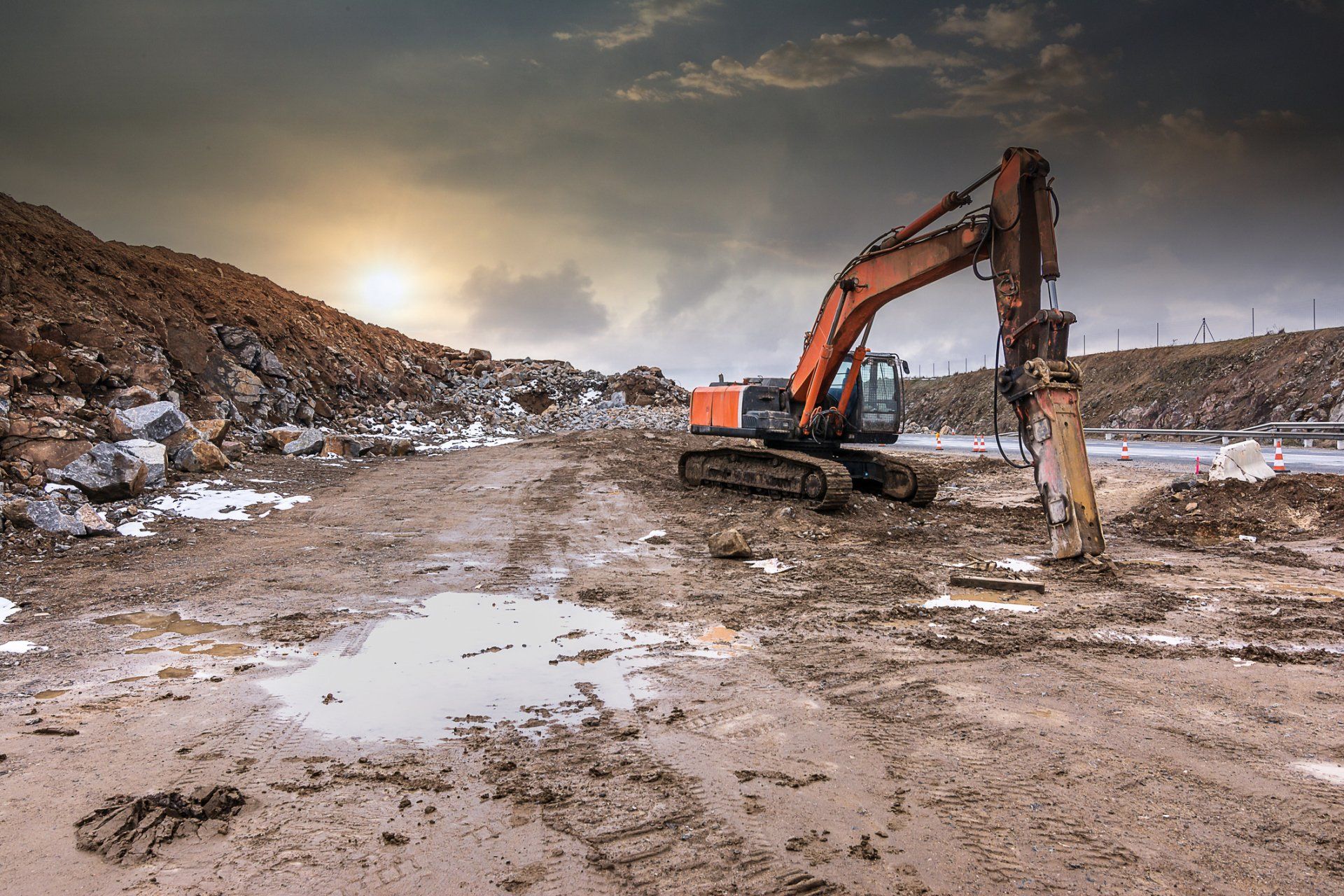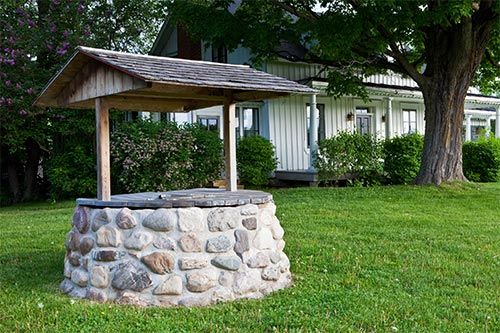4 Amazing Old Wells Still In Use
- By Admin
- •
- 09 Dec, 2019
- •
Wells have been in existence for hundreds of years. Early wells were hand dug and crucial for the survival of nearby inhabitants. Some wells still produce water since their construction many years ago. Take a look at these four amazing old wells still in use today.
Chand Baori
A glance into the 10th century Chand Baori stepwell in Abhaneri, India, reveals an astonishing architectural structure. More than just a deep hole in the ground, the stepwell is a four-sided configuration set 13 stories into the ground. Around 3,500 artfully arranged terraced steps line three of the sides. The remaining side is a temple.
The Chand Baori is just one of several stepwells in northern India. Their immense size allows many people to access the well at once but also acts as a social gathering place. A stepwell was the perfect location in ancient India to bathe, say prayers, and meditate. The Chand Baori is still in use, while many other stepwells are unfortunately filled in and unusable.
Konigstein Fortress
European history fans know people in medieval times depended on wells for survival and made sure every castle and fortress had a well within its walls. These types of wells provided water for castle inhabitants during times of peace but more importantly during times of siege when no other water source was available during a forced lockdown.
Konigstein Fortress in Saxony Germany was no different. This castle features the second-deepest well in Germany. The 500-foot long well was chiseled by hand around 1569, although the converted fortress was a castle as early as 1233. Original fortress inhabitants accessed water via a horse mill pump and later a treadmill pump. The fortress is open for tours where visitors can watch a 1911 electric pump fetch water.
Abraham's Well
The allure of wells has placed them in many fables, fairytales, and other such legends. Christian, Jewish, and Muslim believers study the life of Abraham, who many believe dug a well in ancient Beersheba, Israel. Abraham's well is about 12 feet in diameter and over 40 feet deep.
Experts are certain Abraham's well is not 4000 years old, but it does date back 1,000 years or more. Others point out the well is not the original because, according to the Bible, the well was re-dug by Abraham's son Isaac. Wells undergo many natural changes over time, and a 4,000-year old well would simply not be in the same condition as the well on display.
Nevertheless, visitors love Abraham's well because of the fascinating possibility it belonged to Abraham. Many visitors learn about more than wells while they visit. The well represents the history of three major world religions and can help people of differing beliefs better understand one another.
In fact, Egyptian President Anwar Sadat chose to visit the well with Israeli Prime Minister Menachem Begin simply because many believe Abraham once signed a peace treaty there with the Philistine king Abimelech.
Southam's Holy Well
England is a country with a rich and varied past, full of many Roman, Anglo-Saxon, Danish, and Norman sites. Southam's Holy Well in Warwickshire is first mentioned in 998 when English King Ethelred gave the site to Leofwine. Regular mentions of the well continue for the next 800 years.
More a natural spring than an actual well, Southam's Holy Well's sheer age is enough to make believers of those who seek treatment in its waters. Many think the water has healing properties for ailing eyes. In recent years the well experienced several alternating dry and wet spells before concerned citizens completely restored the site and added seats and a fence.
Wells remain an important investment today. Contact the well experts at McCall Brothers Inc. for more information about how a well can benefit your property.
MCCALL BROTHERS INC.
IN BUSINESS SINCE 1938
PROFESSIONAL LICENSE NUMBER
PAYMENT OPTIONS

















